

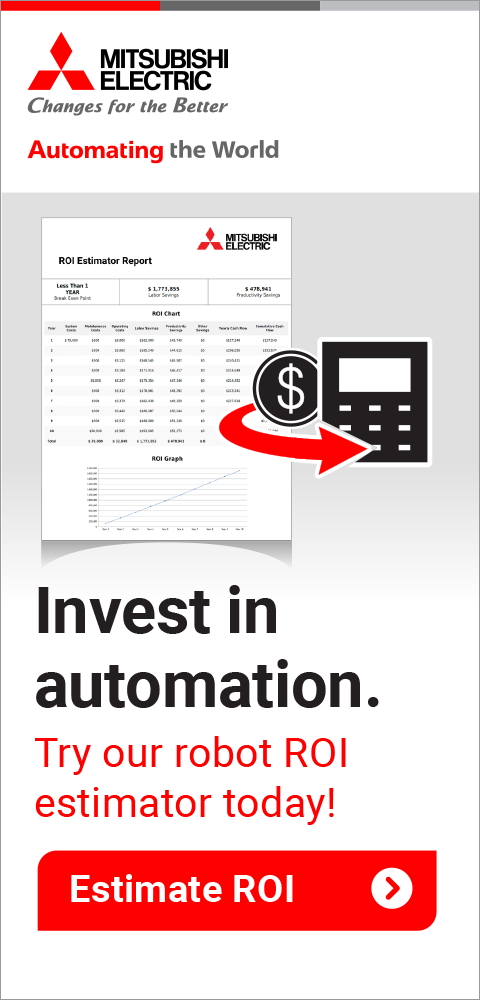
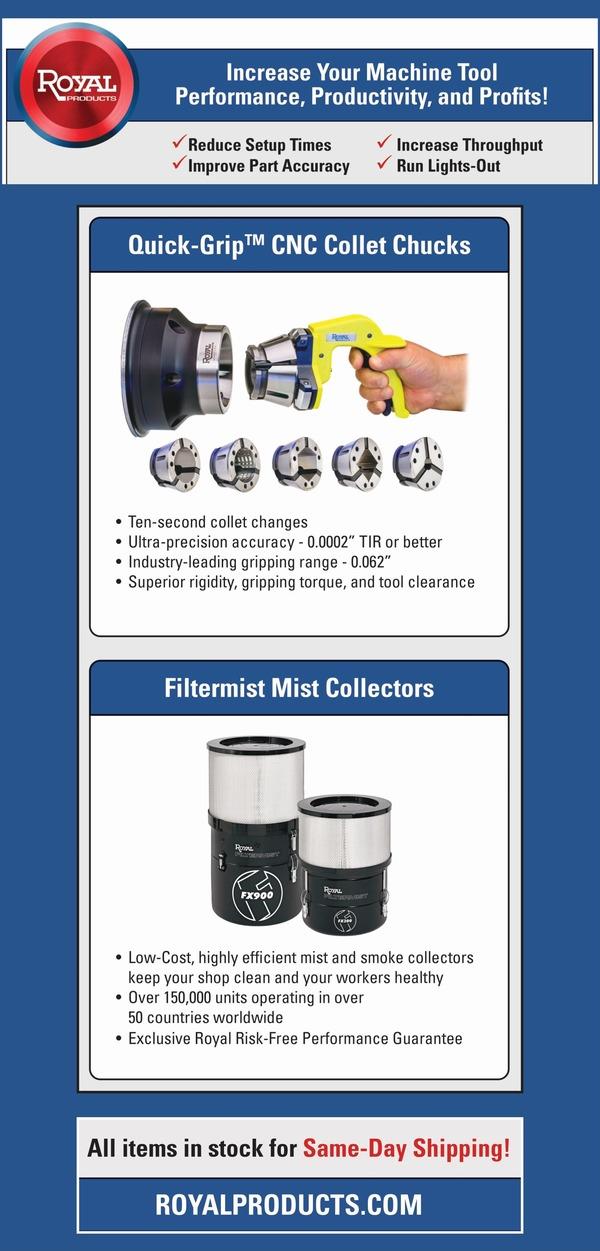
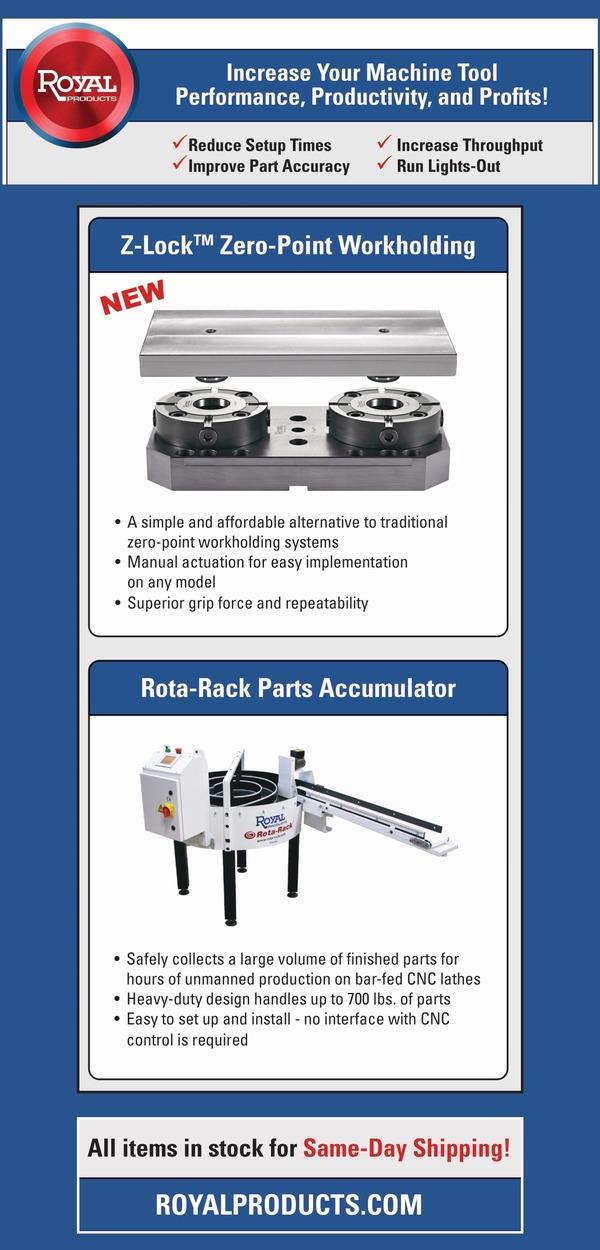



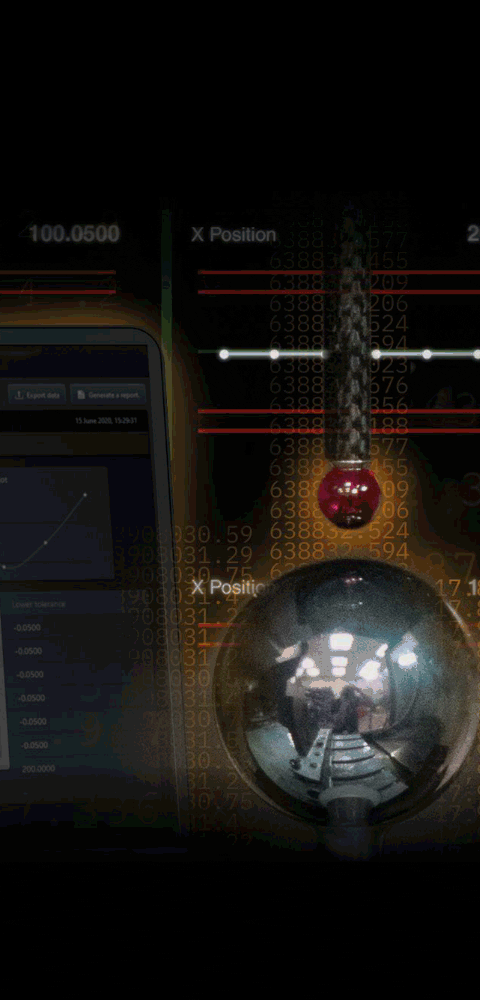
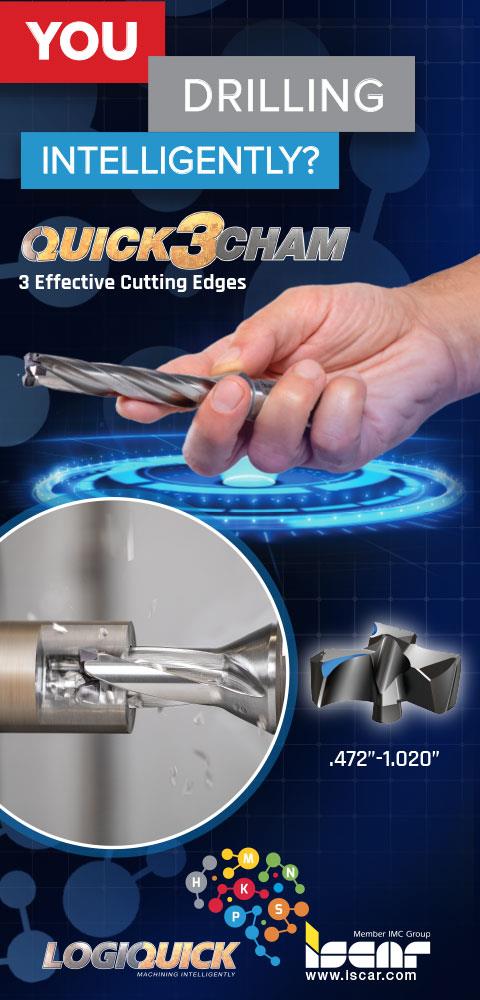
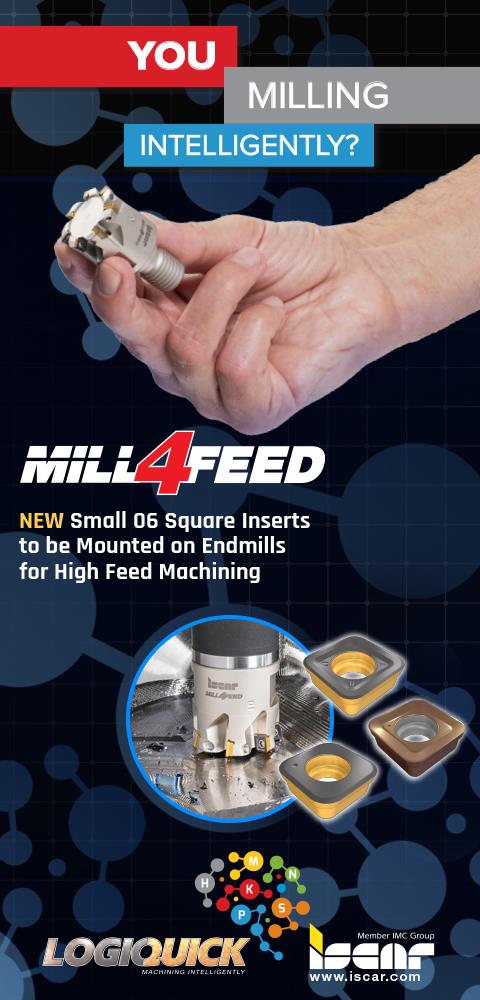
Improving Quality Control with a 3-D Scanner
September 1, 2017
Quality inspection processes must often be balanced with the need for speed - especially when the part in question has multiple features or compound curves. "Complex parts can be time-consuming to properly measure and inspect using traditional methods such as touch-probing, calipers or gauges," said a company spokesperson.
"When speed is important and many points need to be measured, automated 3-D scanners can be the answer," said a company spokesperson. "The ShapeGrabber Ai310 automated 3-D scanner offered by ShapeGrabber, a wholly-owned subsidiary of Quality Vision International (QVI), makes quick work of quality inspection. It not only reduces the inspection time required, but also generates more thorough results as well as automated reports." Manufacturers can use 3-D scanners for rapid, thorough quality inspection.
Within minutes, a 3-D scanner automatically captures a dense "point cloud" of millions of data points that represent the entire surface area of the part. With this data, manufacturers can:
- Reduce inspection time
- Quickly troubleshoot fit problems
- Measure whole parts rather than just a few points
- Minimize equipment downtime and make rapid Go/No Go decisions
- Evaluate part wear.
3-D scanners are suitable in almost any quality control environment. In particular, an automated 3-D scanner can enhance 100% inspection, statistical process control (SPC) and production part approval processes (PPAP). No special skills are required to conduct the scan, and the scanned data can be quickly compared to spec via direct comparison to CAD models. The data can also be used to generate visual reports that show deficiencies at a glance.
For more information contact:
ShapeGrabber
1900 City Park Drive, Suite 512
Ottawa, ON K1J 1A3
Canada
613-247-1707
www.shapegrabber.com
< back